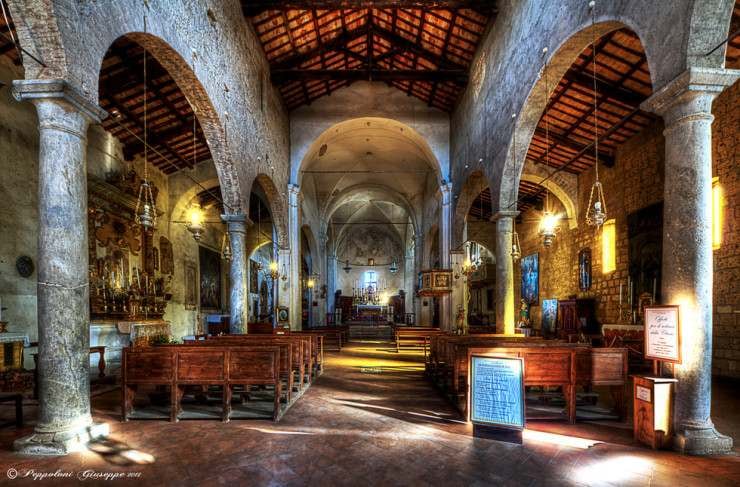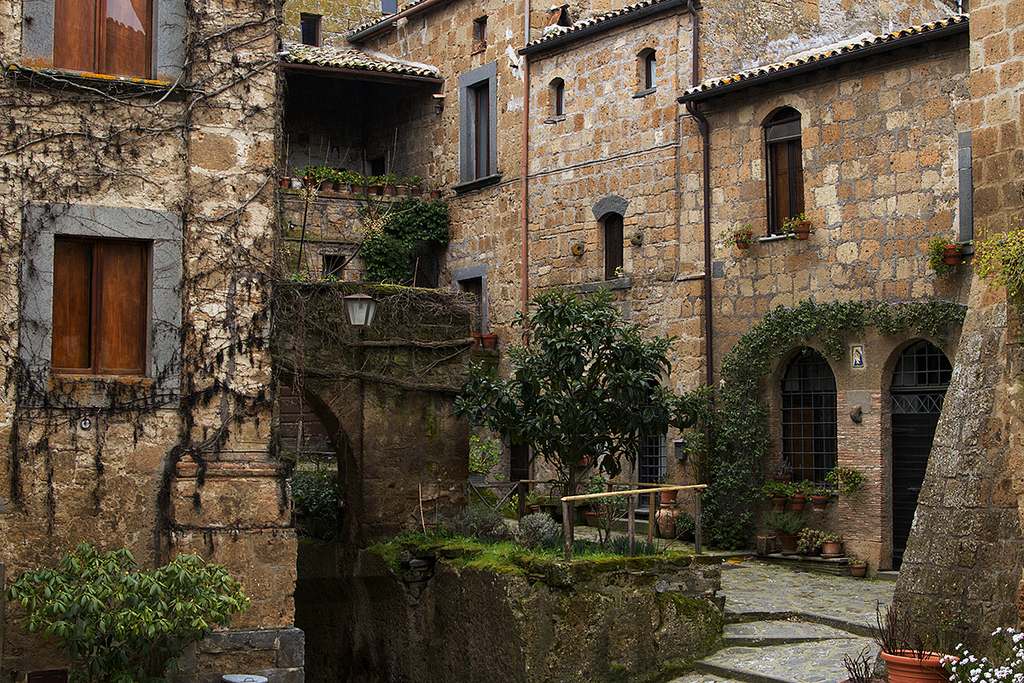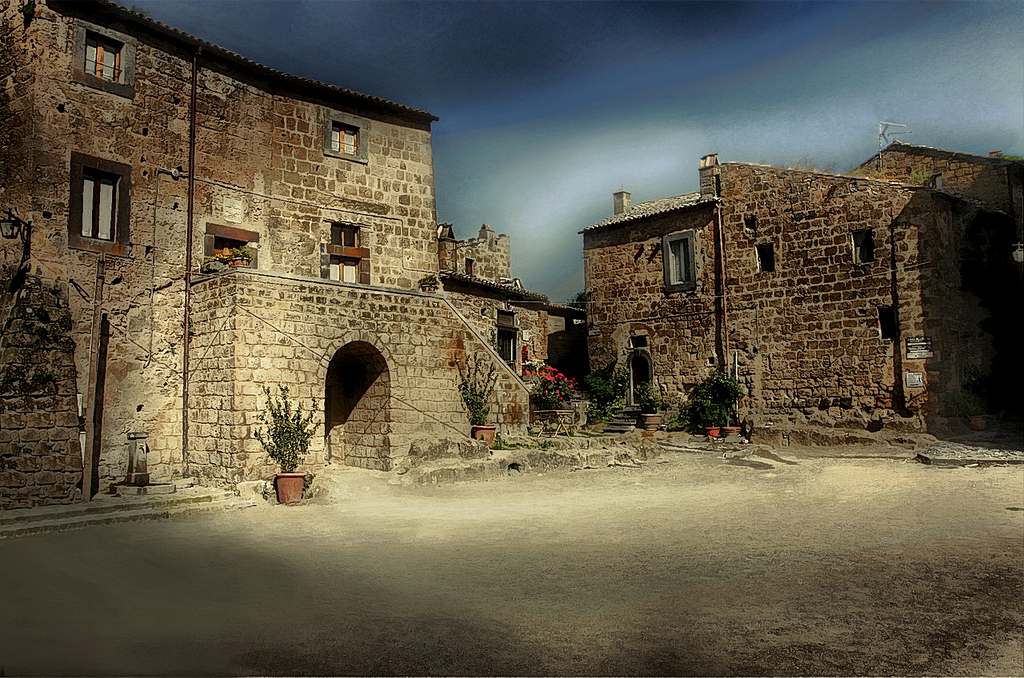Key Takeaways
- Civita di Bagnoregio, known as “the dying city”, is a striking Italian village with a rich history, unique geological features, and an evocative medieval charm.
- Accessible only by a pedestrian bridge, this isolated village is a member of “The most beautiful villages of Italy” and attracts numerous tourists.
- Founded over 2,500 years ago by the Etruscans, Civita has Etruscan and Roman origins, visible in its urban layout and archaeological sites.
- The village’s architecture spans several centuries, offering a glimpse into Italy’s medieval and Renaissance periods.
- Civita is facing challenges due to erosion and over-tourism, yet remains a captivating destination with proposals for UNESCO World Heritage Site designation.
Civita di Bagnoregio, an enchanting village in central Italy, stands as a testament to the resilience and beauty of Italian history and culture. Perched atop a plateau in the Valle dei Calanchi, this village, famously known as “the dying city,” offers a unique glimpse into Italy’s past and an urgent message about its fragile future.

A Village Defined by Nature and History
The Geology of Civita di Bagnoregio
Civita is uniquely situated in a valley of badlands, with its landscape shaped by erosion and landslides. The village is built on a base layer of clay, vulnerable to erosion, topped with layers of tuff and lava material. This geological composition, combined with the ongoing erosion, endangers the village’s very existence.
A Journey Through Time: Civita’s Rich History
Founded by the Etruscans over 2,500 years ago, Civita di Bagnoregio boasts a history that intertwines with the earliest civilizations of Italy. The town layout reflects the Etruscan and Roman orthogonal street system, while its buildings are adorned with medieval and Renaissance architectural elements. Traces of its Etruscan past, like the Bucaione tunnel and the Etruscan necropolis, add to its historical allure.

The Challenges of Preservation and Modernity
The Struggle Against Erosion
The constant threat of erosion presents an ongoing challenge. Efforts to reinforce the plateau with steel rods and other measures are critical to preventing further geological damage.

Balancing Tourism and Sustainability
Civita di Bagnoregio has seen a revival in tourism, partly due to its minor entry fee and the attention it has garnered. While this has brought economic benefits, it also raises concerns about over-tourism and its impact on the village’s fragile environment.
Architectural Marvels and Cultural Significance
A Living Museum of Architecture
The architecture of Civita di Bagnoregio is a mosaic of centuries, from medieval houses to Renaissance structures.
The town’s isolated nature has helped preserve its historical integrity, making it a living museum of architectural evolution.

Cultural Heritage and Celebrations
Civita is not just about its physical beauty; it’s a hub of rich cultural traditions. The town hosts various events, like the “Good Friday Procession” and the “Palio della Tonna”, which showcase its vibrant community spirit and historical significance.
Civita di Bagnoregio: A Cinematic Wonder
Its picturesque setting has made Civita a favorite backdrop for filmmakers, further highlighting its cultural and aesthetic value. From classic Italian films to being an inspiration for Studio Ghibli’s animated movie, Civita continues to enchant audiences worldwide.

Conclusion: Civita di Bagnoregio’s Enduring Legacy
Civita di Bagnoregio, with its blend of history, nature, and culture, stands as a symbol of Italy’s rich heritage. As efforts continue to preserve this “dying city,” it remains a must-visit destination for those seeking to experience the essence of Italian history and the beauty of its landscapes.











